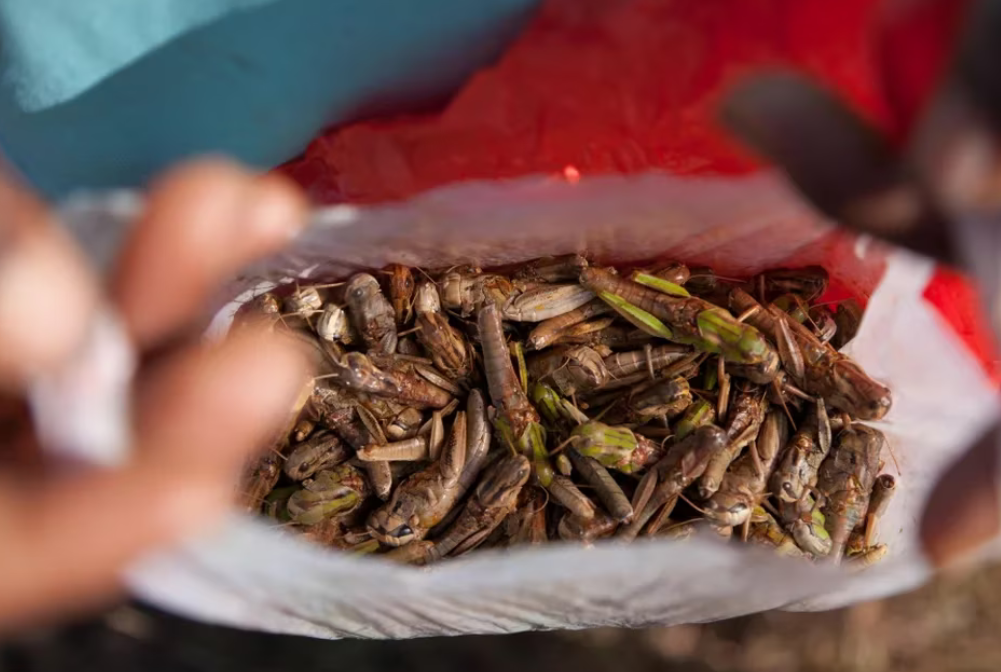Exploring Insect Rearing for Sustainable and Nutritious Nutrition
2 min read

The human diet incorporates only 0.03% of the 5.5 million species of insects that inhabit the Earth, with around 1,600 of them being consumed. From larvae to crickets and bees, these invertebrates serve as a food source in various parts of the world, aiming to provide a protein-rich source and reduce carbon dioxide emissions.
In Argentina, organizations such as the National Food Commission and SENASA promote the regulation and production of insects, with the Argentine Chamber of Insect Producers for Human and Animal Consumption (CAPICHA) being an example of the growth in this activity. Globally, the production and research on insects have increased since the FAO promoted their consumption a decade ago.
Researchers from the Netherlands and Germany, in a study published in the specialized journal Food Quality and Preference, highlight species such as the house cricket, migratory locusts, yellow mealworms, and lesser mealworms as the most suitable for human consumption. Crickets, in particular, stand out for their low water consumption, dietary adaptability, and minimal greenhouse gas emissions.
The breeding of crickets, used in livestock and pets, has expanded to human consumption, whether frozen, dehydrated, or turned into powder for the food industry. In Argentina, INTA and INTI have successfully developed food prototypes with up to 20% cricket powder as an ingredient, demonstrating that it is possible to obtain protein-rich foods sustainably and in line with FAO standards.
In Europe, the consumption of insects is gaining acceptance as an eco-friendly alternative to soy-based animal feed, helping to curb deforestation and greenhouse gas emissions. The European Commission has approved the feeding of chickens and pigs with insect proteins, and this year, it authorized the sale of dried insects for human consumption, considering that their production requires much less land and water than meat.
FAO research highlights that crickets require six times less food than livestock to produce the same amount of protein. This trend promises to be a nutritional and ecological solution in a world seeking sustainable alternatives.
Published by Iraic.Info, news and information agency.